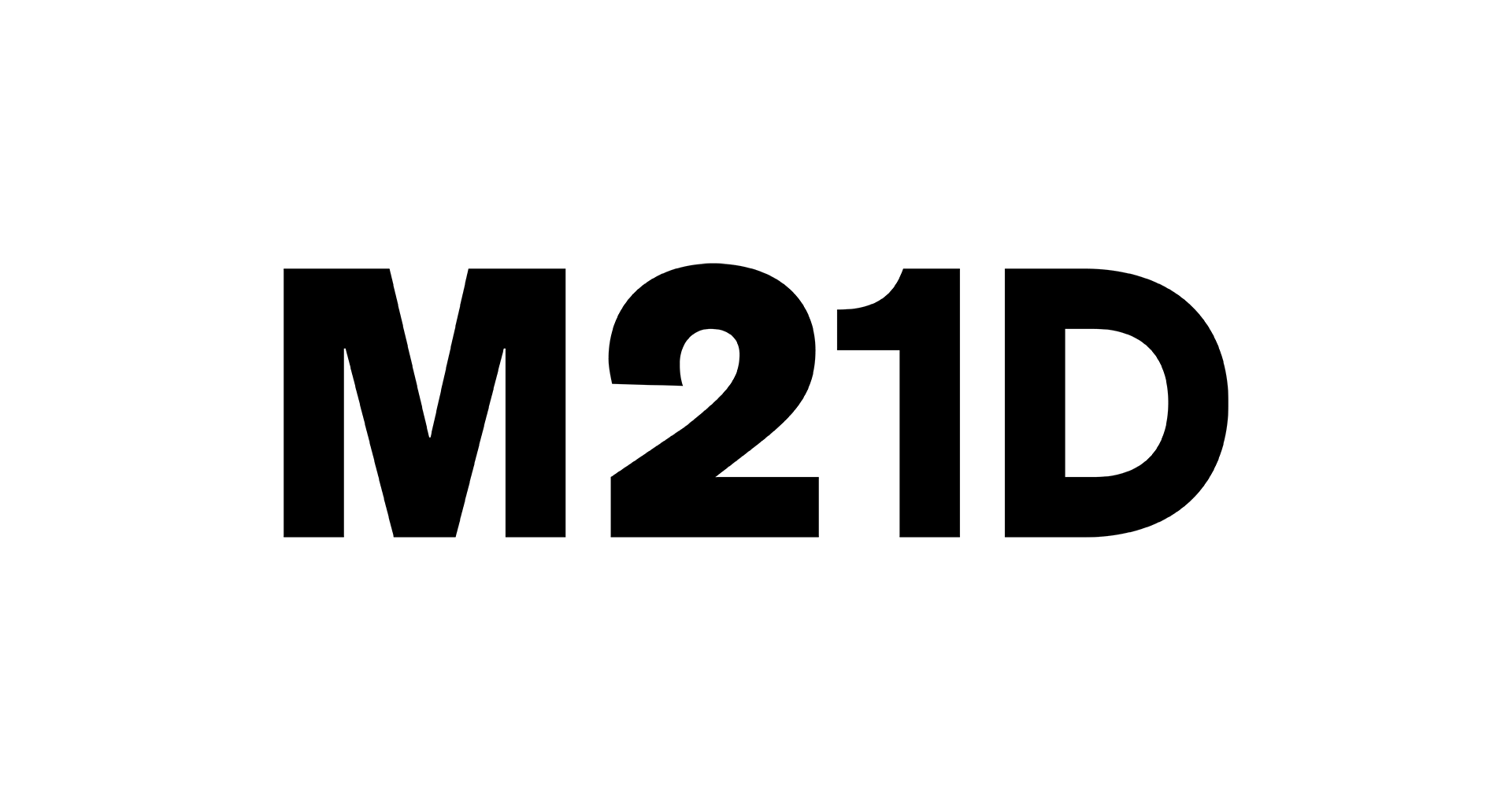
William Myers
Nov 28, 2023
A gathering of experts and leaders in the design and museum worlds
On September 6th, 2023, M21D hosted thought leaders in the design and museum worlds at StadsSalon in Amsterdam. The conversation over dinner, presentations, and drinks ranged from collection practices to the future role of museums, and the expanding definition of design.
The following highlights help us set our course at M21D and offer insights about the direction of design and museums across Europe and North America. We hope they can inspire you, as well.

What will design museums contain in one hundred years?
Physical and physiological design, such as that affecting organs and mental health.
Social design including policy and interaction, whose materials — such as humans and text — fall outside conventional design materials.
Games and simulations that augment the physical world.
Objects and non-objects that engage with social and environmental justice.
How have audience expectations of design in a museum changed since 2000?
Visitors are more open to divergent points of view.
The idea that a museum is meant to conserve objects is transforming.
People feel more engaged in shows, and participating in peripheral programming.
Museums have lost some aura of sacredness as social media has highlighted the museum and institutional politics.
Visitors use digital channels to contribute their own ideas and critiques.
Stories and systems rather than objects are more important to visitors.
What are the benefits of nomadic cultural institutions?
Nomadic-style institutions reach more people than the conventional museum-going demographic because they can meet people where they are. This lowers the barrier of engagement for new groups.
Exhibitions outside of museums remove the level of intimidation that some people feel from museum architecture.
This style alleviates some challenges that arise when working with people rather than for people.
What does this mean for M21D?
Circular use should exist even inside of a nomadic museum. When exhibitions occur, those materials can be reused to reduce environmental impact.
Storytelling is a powerful tool to unfold what the future could look like. Applying imagination creates awareness and responsibility with visitors.
There are already people living in our climate future — people displaced by man-made organic disasters in rural and urban areas typically ignored by power structures in Europe and North America. Storytelling and imagining within exhibitions should be based on their individual and collective experiences.
